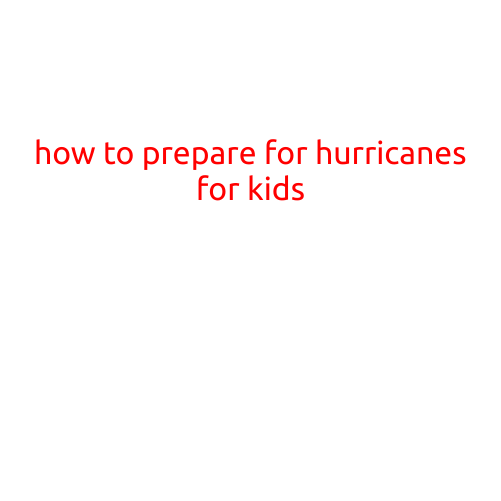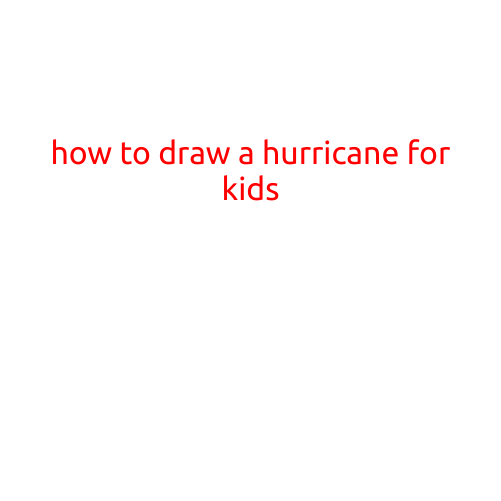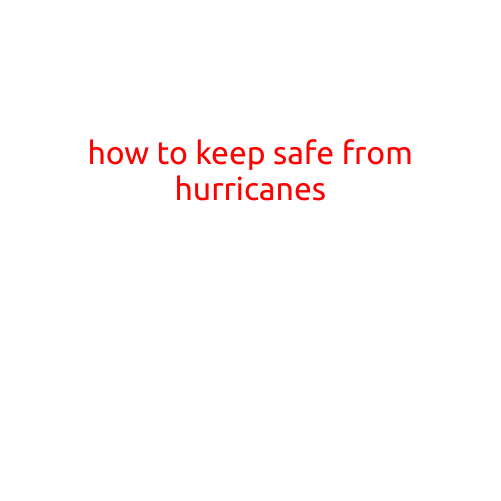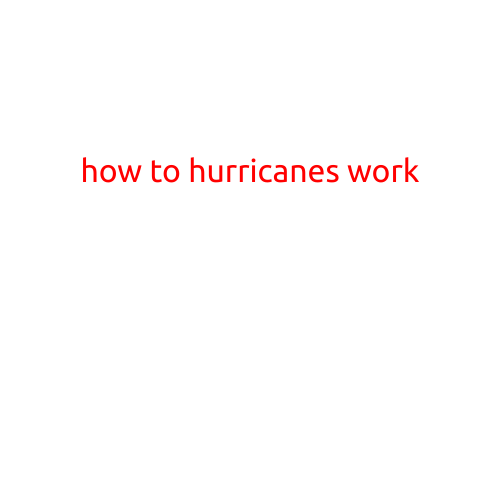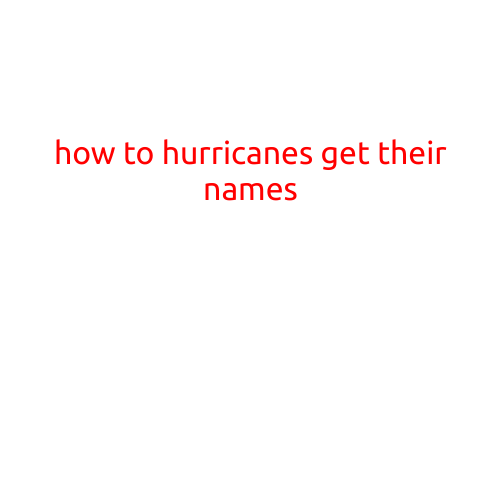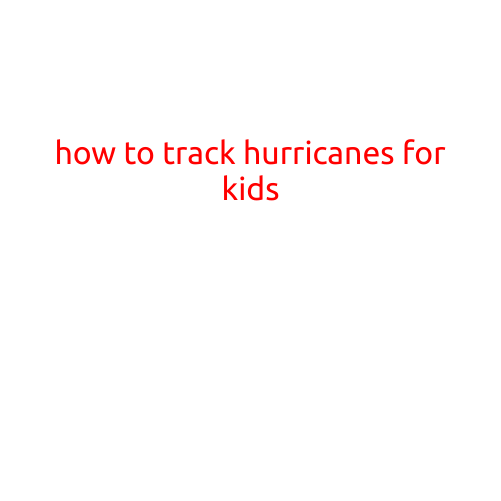
How to Track Hurricanes for Kids
As a kid, it’s important to stay safe and informed during hurricane season. With the help of technology and some simple steps, you can stay up-to-date with the latest information and help keep your family safe. Here’s a step-by-step guide on how to track hurricanes like a pro:
Step 1: Understand What a Hurricane is
A hurricane is a big storm that forms over the ocean. It’s caused by warm water and can bring strong winds and heavy rain. Hurricanes can cause flooding, power outages, and damage to buildings.
Step 2: Learn the Alert System
Hurricanes are categorized into different levels based on their wind speed and potential for damage. The levels are:
- Category 1: Wind speed is 74-95 mph (119-153 km/h)
- Category 2: Wind speed is 96-110 mph (154-177 km/h)
- Category 3: Wind speed is 111-129 mph (178-208 km/h)
- Category 4: Wind speed is 130-156 mph (209-257 km/h)
- Category 5: Wind speed is 157 mph or higher (258 km/h or higher)
Step 3: Check the Weather Forecast
You can check the weather forecast on TV, radio, or online. Look for updates from your local news station or the National Weather Service (NWS). You can also download apps like WeatherBug or Dark Sky to get real-time updates.
Step 4: Use Online Tools
There are many online tools that can help you track hurricanes. Some popular websites include:
- National Hurricane Center (NHC): The NHC is the official source for hurricane information. You can track storm paths, wind speeds, and more.
- AccuWeather: AccuWeather provides detailed forecasts and storm tracking information.
- Weather.com: Weather.com offers interactive maps and storm tracking information.
Step 5: Get Alert Notifications
You can sign up for alert notifications from your local government or weather service. This way, you’ll receive updates and alerts sent directly to your phone or email. You can also download apps like AlertSense or Emergency:911 to receive storm alerts.
Step 6: Stay Informed
Stay informed by listening to local news, checking online, and following authorities’ guidelines. Take notes and share information with family members.
Additional Tips:
- Make sure you have a plan in place with your family in case of an evacuation.
- Charge your devices and keep them fully charged during the storm.
- Fill up your bathtub with water and store bottled water in case the water supply is disrupted.
- Have a flashlight and batteries on hand in case the power goes out.
- Keep a first aid kit and important documents in a safe place.
Conclusion:
Tracking hurricanes can be easy and fun! By following these steps and using online tools, you can stay informed and safe during hurricane season. Remember to always prioritize your safety and the safety of those around you.
